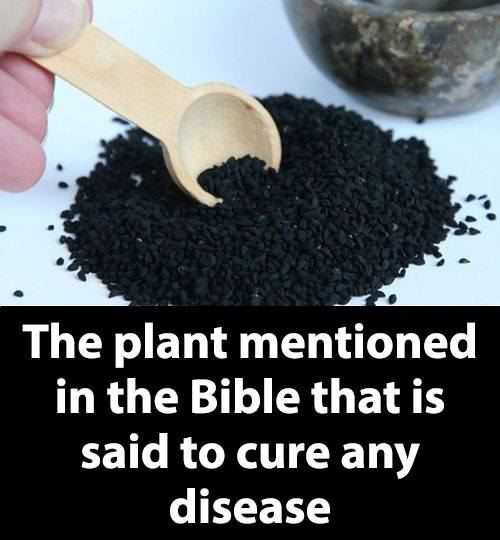ADVERTISEMENT
The Plant Mentioned in the Bible That Is Said to Cure Any Disease
Throughout history, plants have been revered for their medicinal properties, with many cultures relying on them to treat various ailments. Among the countless herbs, spices, and plants referenced in ancient texts, the Bible is no exception. One plant mentioned in the Bible that has sparked intrigue and curiosity is the Balm of Gilead. Often associated with healing and restoration, this plant is said to have the ability to cure diseases and ailments, and its use dates back to biblical times.
In this article, we’ll explore the story behind the Balm of Gilead, its significance in the Bible, and how this plant became synonymous with health and healing.
What is the Balm of Gilead?
The term “Balm of Gilead” refers to a resin or sap that comes from a specific tree or shrub, thought to be native to the region of Gilead, which was located in present-day Jordan. In ancient times, the balm was a highly valued commodity because of its powerful healing properties. It was used to make a soothing balm for various ailments, from skin diseases to internal disorders. In biblical references, the balm is frequently mentioned as a symbol of healing, restoration, and comfort.
The exact plant that the Bible refers to as the Balm of Gilead has been the subject of debate for many years. Most scholars agree that it likely comes from the Commiphora wightii plant, a species of the genus Commiphora, which is related to the myrrh tree. This plant produces a resin that is thick, aromatic, and known for its medicinal uses. However, some also suggest that the balm could come from the Balsamodendron family or other similar plants with similar healing properties.
Biblical References to Balm of Gilead
The Balm of Gilead appears in several passages in the Bible, most notably in the Old Testament. Here are a few key references:
- Jeremiah 8:22: “Is there no balm in Gilead? Is there no physician there? Why then is there no healing for the wound of my people?” This verse emphasizes the Balm of Gilead as a symbol of healing, both physical and spiritual. The prophet Jeremiah uses the balm as a metaphor for the healing of Israel, suggesting that while a remedy is available, it is not being applied to the nation’s wounds. The question “Is there no balm in Gilead?” implies the desire for a cure that seems to be out of reach.
- Genesis 37:25: “As they sat down to eat their meal, they looked up and saw a caravan of Ishmaelites coming from Gilead. Their camels were loaded with spices, balm, and myrrh, and they were on their way to take them down to Egypt.” Here, balm from Gilead is listed alongside other valuable commodities like myrrh and spices, emphasizing its high value during ancient times and its use in trade and commerce.
- Song of Solomon 5:13: “His cheeks are as a bed of spices, as sweet flowers: his lips like lilies, dropping sweet-smelling myrrh.” While this passage from the Song of Solomon does not explicitly mention the Balm of Gilead, it is often associated with the imagery of fragrant and healing resins, as it talks about the sweet smell of myrrh and other aromatic substances.
For Complete Cooking STEPS Please Head On Over To Next Page Or Open button (>) and don’t forget to SHARE with your Facebook friends
ADVERTISEMENT
